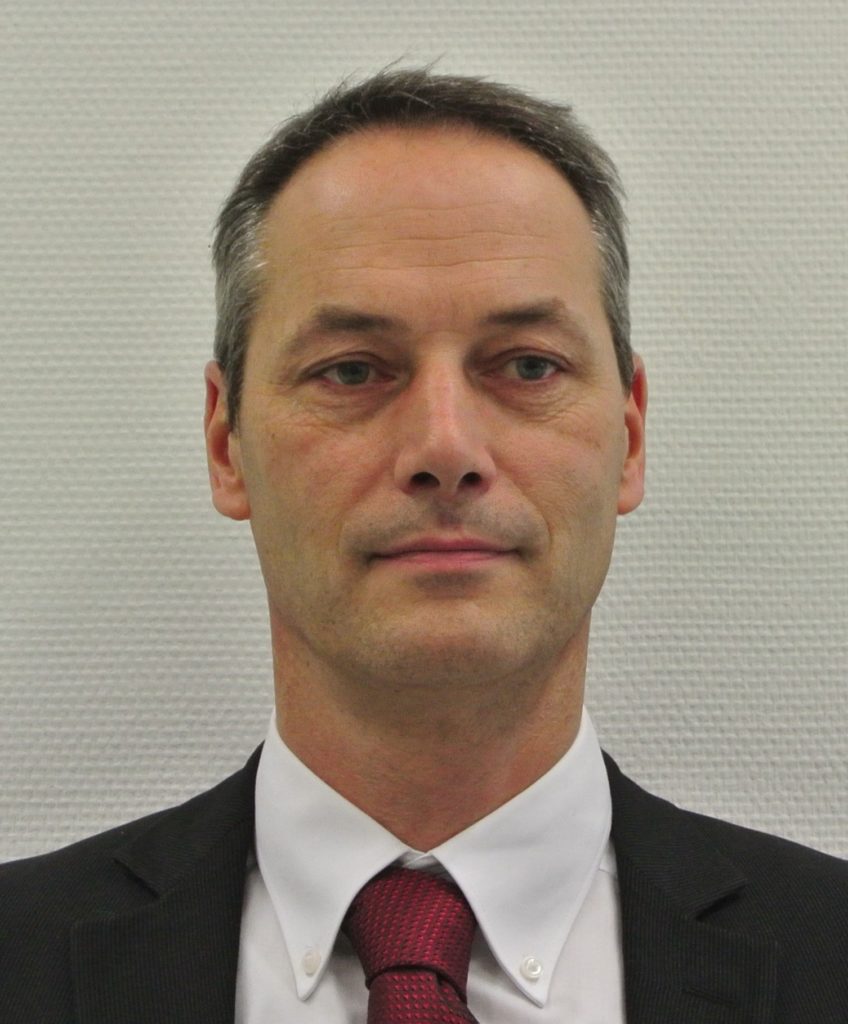
Interview with dr. Lutz Wollin
Meet dr. Lutz Wollin: a man on a mission. As Senior Research Scientist at Boehringer Ingelheim, he has spent the last six years studying the antifibrotic capacities of new medication. Apart from treating idiopathic lung fibrosis (IPF), this medication might also work against other forms of lung fibrosis. The research of antifibrotic medication is a daily inspiration to Wollin. ‘The idea that we could help more patients is what really drives me.’
In drug development many successful compounds were originally developed for a completely different disease. For example: an antifibrotic drug may originate from a cancer development program. For such repurposing of a compound new experimental data are necessary. Such experiments are not only conducted in research labs located in the pharmaceutical industry, but also with the help of academic research collaborations at universities and institutes. ‘There was a new compound discovered for the treatment of IPF originating from a cancer program’, Wollin says. ‘Boehringer Ingelheim needed a scientist to deal with all the data. With this data the mechanism of antifibrotic effects of the compound could be investigated , as well as its value and effectiveness in patients.’
Fibrosis
Wollin applied for the position of dealing with the data and got the job. As a pharmacologist and biologist, he specialized in animal models and cellular models of lung diseases. ‘In the beginning of my career, I mainly studied asthma and COPD and in the last six years, I started to study the mechanisms of lung fibrosis and tested the antifibrotic activity of medications. In IPF, normal lung tissue is replaced by scar tissue in the lungs. What is meant as a repair mechanism of the lung gets out of control in IPF patients’, Wollin explains. ‘This scar tissue is called “fibrosis”. We investigated whether we could develop medication to slow this fibrotic process down.’ As it is, new antifibrotic medication might not only work against IPF, but also against other forms of interstitial lung disease (ILD), and maybe even against fibrosis in other parts of the body.
‘With the medication, we want to influence very fundamental processes that cause the fibrosis’, Wollin explains. ‘These processes are probably also relevant for a lot of patients with other rare lung diseases that have a “fibrotic phenotype”, which means they have increasing areas of fibrosis in their lungs.’ It is, however, not possible to test drugs in all these small patient populations. ‘So we now cluster patients that have a progressive fibrotic lung phenotype during the course of their disease’, Wollin says. ‘That way, we hope to cluster enough patients in a clinical trial to show that a certain compound really works.’
Different triggers
IPF is just one disease within the large group of ILDs. When investigating the possible use of medication for patients with ILD, researchers use a lot of different ’triggers’ that cause the lungs to scar. ‘To study new potential medicines we often use animal models’, says Wollin, ‘because it is not safe and thus unethical to use actual patients for this purpose. That means that we need to create lung fibrosis in animals. We used silica crystals to trigger lung scarring in mice, which mimics a lung situation like silicosis or pneumoconiosis (often seen with sand-blasting workers). There are many different agents that can mimic a lung fibrosis in animals, such as allergens and immunological triggers.’ Wollin suspects that diverse triggers via different pathways might ultimately cause lung fibrosis in ILDs by a final common pathway. ‘Fundamental processes are similar in all fibrotic diseases. We try to inhibit these processes, which in theory should work with all fibrotic lung diseases that have a progressive, fibrotic phenotype.’
Exciting
Wollin thinks it would really be a great success if he and his colleagues succeed to find a treatment for all these different forms of ILD. ‘I think that we really need one medication, because it will be nearly impossible to demonstrate clinical efficacy in all these rare lung diseases separately’, Wollin says. ‘It’s just too hard to study these small patient populations on their own.’ The ongoing research on fibrosis is something that keeps him very motivated. ‘It’s exciting to find out how much medication can do. And it’s also very stimulating to learn about all these different forms of fibrosis. We only talked about ILDs until now, but did you know that fibrosis can also manifest in your eye socket, in your finger nail beds or your cardiac valves? And with a disease like systemic sclerosis-associated ILD, patients have skin fibrosis and often kidney fibrosis. I think that we have a unique chance now to do something for all these patients. And that’s what in the end really drives me and my colleagues: the care for patients.’
Dit interview is verschenen in Belung Magazine, een uitgave van Boehringer Ingelheim
